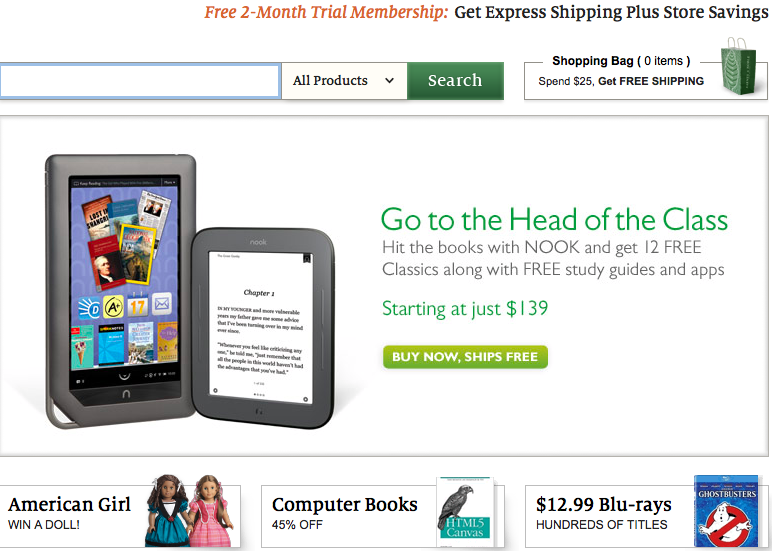Loyalty programs aren’t exactly new. If you thought they were – consider this: in the 1950’s there were Raleigh cigarette coupons and Topps baseball cards. In the 1960’s S&H Green Stamps’ rewards catalog was the largest publication in the U.S. and the company issued three times as many stamps as the U.S. Postal Service. Today, as online retailers think about how to leverage customer loyalty, they should remember these examples as they try to answer the tough questions: How can I make my loyalty program worthwhile for my customer and how can I innovate?
Marc Parrish, VP, Membership and Loyalty, Barnes & Noble, says that we need to start leading our customers to “radical loyalty.” In the 1980’s, airlines started picking up on the idea of loyalty and suddenly they had created the first frequent flyer miles program, AAdvantage, which aimed to gain the loyalty of frequent travelers as the most valuable customers by tracking members’ behavior. Now there are more than 70 frequent flyer programs worldwide with 300 million members and 10 million awards tickets made yearly. More than 75 percent of those tickets go unredeemed. In many ways, retail loyalty programs are similar. Consider these stats that Parrish cited in his presentation at eTail Boston:
– 1.8 billion loyalty program members in the US, a 25% increase from 2006
– 80% of consumers have at least one loyalty card
– 56% are inactive
– 14.1 – average number of US programs per household
– 6.2 – average number of active programs per household
So what about those other eight loyalty cards we all have in our purses, wallets, etc.? How do we get our customers to use those, or if we’re a new one added into the mix, how do we make sure we are one of the six they are using?
In order to succeed, Parrish says we must ask ourselves two questions as retailers:
- Is there room for innovation in this crowded house?
- Are consumers still listening?
His claim is that the answer to both questions is yes – but that radical loyalty mindset mentioned earlier is what’s needed. Let’s get into what that means…
According to Parrish, you have to be innovative and break out of the generic noise and loyalty rut to force consumers to give you a second look. He gave the audience the following example:
Imagine it’s 2005 and you have to pitch a venture capitalist. You tell him you want to start an ecommerce company that is going to sell product in one vertical at full price. You also say that this product is something that needs to be tried on and that fit is crucial. Your VC will probably start looking at you cockeyed at this point, wondering how you expect to sell a full-price product that needs to be tried on, online. So you respond that you’re going to give great customer service. Eyes roll. And you say, wait, we’re going to give GREAT customer service, really! Eyes still rolling. Oh, and free shipping. The VC’s eyes re-focus and a brow raises. Both ways. He’s sold.
Does this business proposition sound familiar? No? Well, does Zappos.com sound familiar?
This is exactly the model they built, and their customer loyalty is phenomenal – no one can debate it. Seventy five percent of their shoppers are repeat customers. The company’s CEO, Tony Hsieh, said, “We’re a service company that just happens to sell shoes.”
But don’t get too excited. Even successful loytalty programs need to be kept fresh.
Barnes & Noble trialed a program of free trial memberships. Through various testing, the company found that retailers have to say yes to customers first because once you say no, your customer thinks you will always say no. In other words, give them something upfront and get them to sign on with you so that you build a connection and they’re less likely to leave your brand later.
Another important – perhaps one of the most important – facet of loyalty is dat, and good analysis of that data. “We all need to learn to identify the highest value loyalty through consumption pattern analytics,” said Parrish. Data analytics will prove to be a key competitive advantage.
“Loyalty also needs to turn into relationships. We need to get the active customer loyal to a product also loyal to the brand.”
Finally, limited resources demand informed, tough judgments. Retailers must determine how much to invest in the customer relationship and know how to answer the following: How much does a call cost? An email? How much more will they spend if I earn their loyalty?





Recent Comments